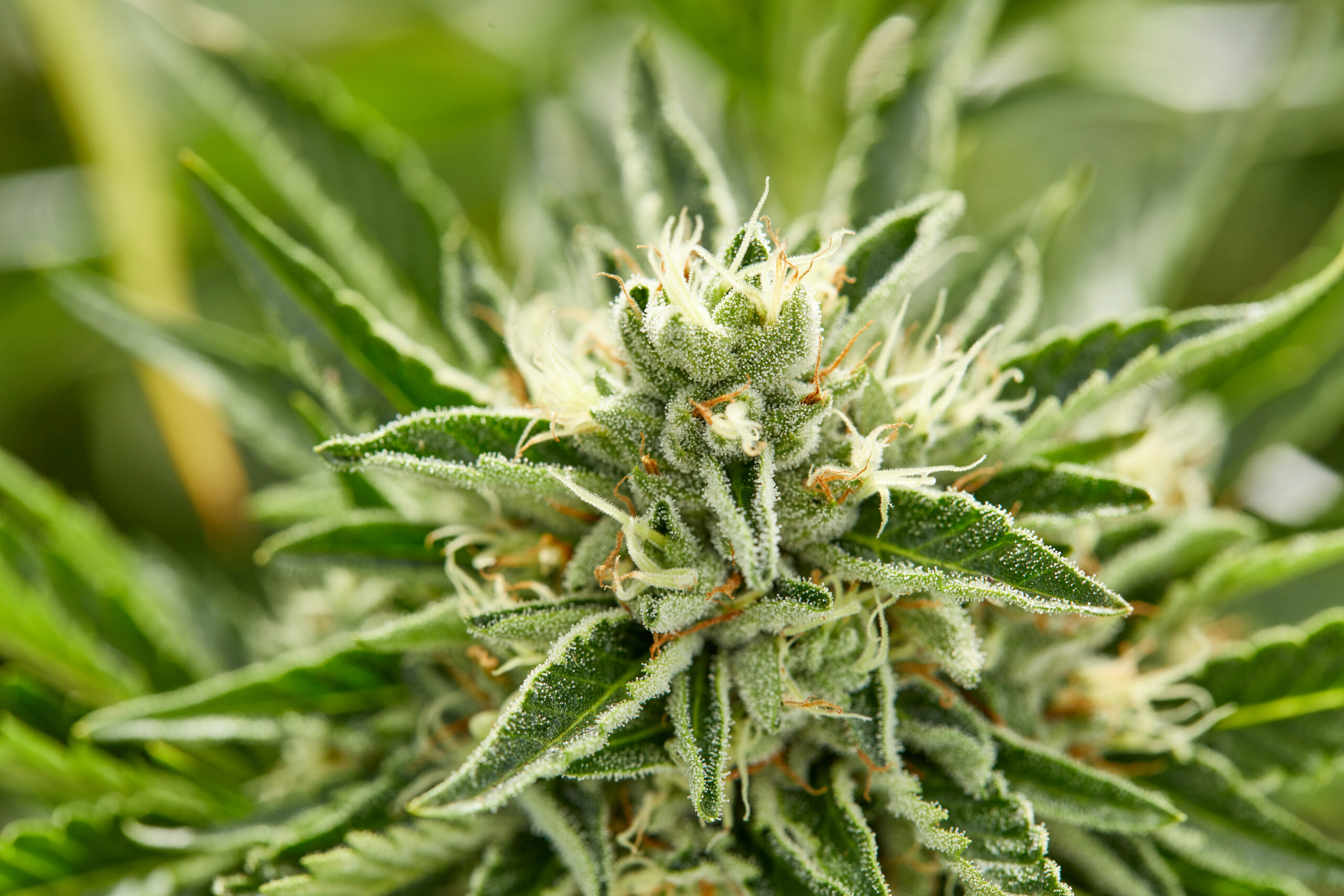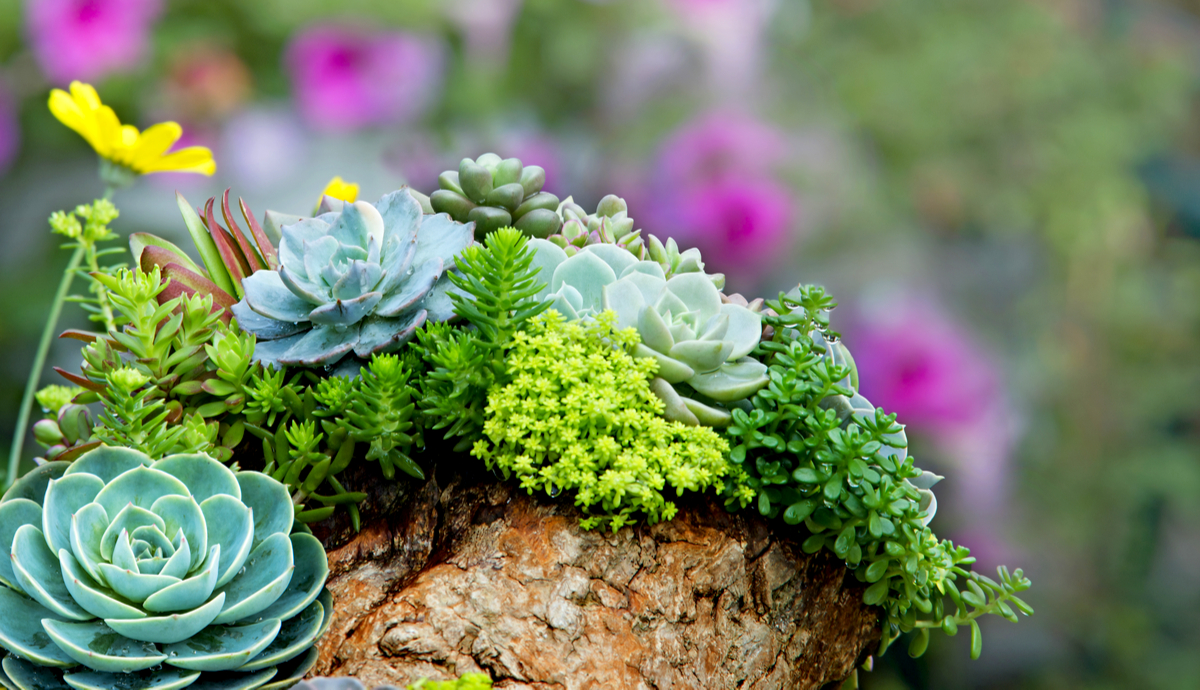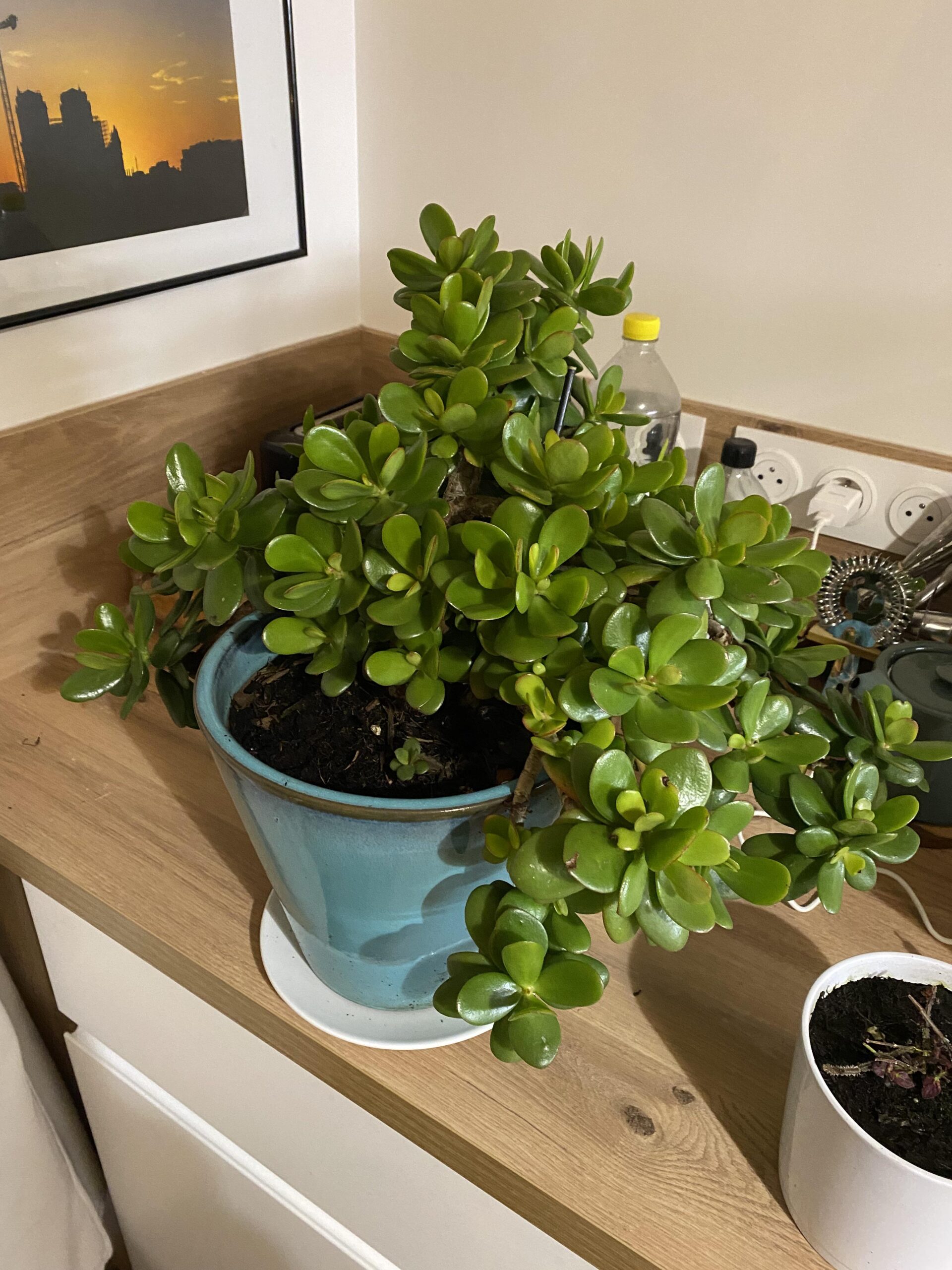As an Amazon Associate, I earn from qualifying purchases.
Indoor plants thrive in controlled environments, while outdoor plants withstand varying weather conditions. Observing light, temperature, and humidity preferences helps determine their type.
Choosing the right plant for your living space can be challenging. Understanding whether a plant is suited for indoor or outdoor environments is crucial. Indoor plants usually need stable conditions with indirect light and consistent temperatures. Outdoor plants are hardier, tolerating direct sunlight, wind, and fluctuating temperatures.
Knowing these distinctions ensures the plant’s health and longevity. This guide helps you identify your plant’s ideal setting, promoting better growth and care. Proper placement also enhances your home’s aesthetic, creating a harmonious balance between nature and living space.

Credit: weedmaps.com
Plant Characteristics
Understanding plant characteristics is key to knowing if a plant is indoor or outdoor. Identifying specific features can help you decide the best environment for your plants.
Leaf Texture
Leaf texture is a strong indicator. Indoor plants usually have softer, delicate leaves. These leaves are adapted to lower light and humidity levels. They feel smooth to the touch and may have glossy surfaces.
Outdoor plants often have tougher, thicker leaves. These leaves are built to withstand varying weather conditions. They may feel rough or leathery and have a matte surface.
| Characteristic | Indoor Plants | Outdoor Plants |
|---|---|---|
| Leaf Texture | Smooth, soft, glossy | Rough, thick, matte |
Growth Patterns
Growth patterns also reveal if a plant is indoor or outdoor. Indoor plants tend to grow slower. They usually have a compact growth habit. This is because they adapt to limited space and light.
Outdoor plants often grow faster and taller. They spread out more as they have more resources. These plants may also have more extensive root systems.
- Indoor Plants: Slow growth, compact, small root systems
- Outdoor Plants: Fast growth, sprawling, large root systems
Recognizing these characteristics helps you care for your plants better. Knowing if a plant is indoor or outdoor ensures it thrives in the right environment.
:max_bytes(150000):strip_icc()/ms-aloe-vera-plant-care-guide-1995e720afb344af94a4a45635cb3ac8.jpg)
Credit: www.marthastewart.com
Lighting Needs
Understanding a plant’s lighting needs is crucial. It helps determine if it’s an indoor or outdoor plant. Different plants have unique sunlight requirements and shade tolerance. Let’s explore these aspects.
Sunlight Requirements
Indoor and outdoor plants have different sunlight requirements. Indoor plants usually need indirect light. They thrive in areas with filtered sunlight. Examples include snake plants and peace lilies.
Outdoor plants often require direct sunlight. They need at least six hours of sun daily. Examples include tomato plants and sunflowers. It’s essential to know how much light your plant needs.
Here is a table summarizing some common plants and their light needs:
| Plant | Light Requirement |
|---|---|
| Snake Plant | Indirect Light |
| Peace Lily | Indirect Light |
| Tomato Plant | Direct Sunlight |
| Sunflower | Direct Sunlight |
Shade Tolerance
Shade tolerance is another factor. Some plants thrive in low light. These are often indoor plants. Examples include ferns and pothos.
Outdoor plants may also need shade. They may not tolerate full sun. Examples include hostas and astilbes. These plants prefer partial shade or dappled sunlight.
Here is a list of shade-tolerant plants:
- Ferns
- Pothos
- Hostas
- Astilbes
Understanding a plant’s light needs is key. It ensures your plant thrives in its environment.
Watering Preferences
Understanding the watering preferences of a plant can help you determine if it’s better suited for indoors or outdoors. Different plants have different needs when it comes to watering, and knowing these can make all the difference in their health and growth.
Watering Frequency
Indoor plants usually require less frequent watering compared to outdoor plants. This is because indoor environments have less exposure to sunlight and wind, which means less evaporation. Generally, indoor plants might need watering once a week.
Outdoor plants, on the other hand, often need more frequent watering. They are exposed to varying weather conditions, including direct sunlight and wind, which can dry out the soil faster. Depending on the plant and climate, outdoor plants may need watering several times a week.
Soil Moisture
Soil moisture is another key indicator of whether a plant is indoor or outdoor. Indoor plants prefer soil that retains moisture for a longer period. This means the soil should be damp, but not waterlogged. You can use a moisture meter to check the soil’s moisture level.
Outdoor plants generally thrive in soil that has good drainage. They need soil that dries out between waterings to prevent root rot. You can test this by sticking your finger into the soil; if it feels dry an inch below the surface, it’s time to water.
| Factor | Indoor Plants | Outdoor Plants |
|---|---|---|
| Watering Frequency | Once a week | Several times a week |
| Soil Moisture | Retains moisture | Good drainage |
Temperature Tolerance
Understanding a plant’s temperature tolerance helps determine if it is indoor or outdoor. Temperature tolerance refers to the range of temperatures a plant can handle. Knowing this ensures you provide the best environment for your plant.
Temperature Range
Different plants thrive in different temperature ranges. Indoor plants typically prefer stable, moderate temperatures. Outdoor plants often withstand more extreme temperatures. Here’s a table to help you understand:
| Type of Plant | Preferred Temperature Range (°F) |
|---|---|
| Indoor Plants | 60-75 |
| Outdoor Plants | 50-90 |
Indoor plants thrive between 60-75°F. Most outdoor plants can tolerate 50-90°F. Make sure to check each plant’s specific needs.
Frost Sensitivity
Frost sensitivity is another key factor. Some plants cannot survive frost. Indoor plants are usually more frost-sensitive. Outdoor plants can handle colder weather. Here are some examples:
- Indoor Plants: Orchids, Ferns, African Violets
- Outdoor Plants: Roses, Daisies, Marigolds
Use this information to determine if a plant should stay inside or outside. Protect sensitive plants from extreme temperatures and frost.
Humidity Levels
Understanding humidity levels is crucial for determining if a plant is best suited for indoor or outdoor environments. Humidity affects a plant’s health, growth, and overall well-being. Let’s explore the differences between indoor humidity and outdoor humidity for plants.
Indoor Humidity
Indoor plants often thrive in controlled environments. Typical indoor humidity levels range from 30% to 50%. Most homes maintain these levels for human comfort.
- Tropical plants require higher humidity, usually above 50%.
- Succulents and cacti prefer lower humidity, around 30%.
Using a humidifier can help increase indoor humidity. Place plants in rooms like bathrooms or kitchens where humidity is naturally higher.
Monitor humidity with a hygrometer. Adjust as needed to ensure plant health.
Outdoor Humidity
Outdoor plants experience natural humidity fluctuations. Weather changes significantly impact outdoor humidity levels.
| Climate | Humidity Level |
|---|---|
| Tropical | Above 70% |
| Arid | Below 20% |
| Temperate | 40% to 60% |
Outdoor plants adapt to their natural humidity environment. For example, ferns thrive in high humidity, while desert plants do well in low humidity.
It’s important to choose plants that match your local climate’s humidity.
Pot And Soil Considerations
Understanding the right pot and soil is vital for plant health. Some plants thrive indoors, others outdoors. Knowing the difference is essential. This section helps you determine the correct pot and soil.
Container Size
The size of the pot matters for plant health. Indoor plants usually need smaller pots. These pots fit well in small spaces like windowsills. Outdoor plants often need larger pots. Larger pots allow more room for roots to grow.
Here’s a quick comparison:
| Plant Type | Container Size |
|---|---|
| Indoor Plants | Small to Medium |
| Outdoor Plants | Medium to Large |
Soil Type
The soil type is another critical factor. Indoor plants often need well-draining soil. This type of soil prevents root rot. Outdoor plants can handle heavier soil. Outdoor soil often retains more water.
Consider these points:
- Indoor soil is light and airy.
- Outdoor soil is dense and retains moisture.
Here is a quick overview:
| Soil Type | Plant Type |
|---|---|
| Well-draining soil | Indoor Plants |
| Heavier soil | Outdoor Plants |
Common Indoor Plants
Knowing whether a plant is indoor or outdoor is crucial. Some plants thrive indoors, while others need outdoor conditions. Common indoor plants are popular due to their low maintenance and adaptability.
Popular Choices
Several plants are perfect for indoor environments. Here are some popular choices:
- Spider Plant – Known for its long, arching leaves.
- Pothos – Recognizable by its heart-shaped leaves.
- Snake Plant – Famous for its upright, sword-like leaves.
- Peace Lily – Noted for its white, spathe flowers.
- Fiddle Leaf Fig – Loved for its large, violin-shaped leaves.
Care Tips
Proper care ensures indoor plants stay healthy and vibrant. Follow these tips:
| Plant | Watering | Light |
|---|---|---|
| Spider Plant | Water weekly | Indirect sunlight |
| Pothos | Water when soil is dry | Low to bright indirect light |
| Snake Plant | Water every 2-3 weeks | Low to bright indirect light |
| Peace Lily | Keep soil moist | Low to medium light |
| Fiddle Leaf Fig | Water weekly | Bright, indirect light |
Here are some general care tips:
- Watering – Avoid overwatering. Let the soil dry between waterings.
- Lighting – Place plants in indirect sunlight.
- Humidity – Indoor plants love humidity. Mist leaves often.
- Soil – Use well-draining soil for healthy roots.
- Pruning – Remove dead leaves to encourage growth.
These tips will help keep your indoor plants flourishing and beautiful.
Common Outdoor Plants
Knowing whether a plant is for indoors or outdoors is essential. It helps in providing the right care. Below, we dive into some common outdoor plants. This will guide you in making informed choices for your garden.
Popular Choices
Outdoor plants often thrive in open spaces. They need direct sunlight and natural elements. Here are some popular outdoor plants:
- Roses: Known for their beautiful blooms and pleasant scent.
- Lavender: Offers a lovely fragrance and repels pests.
- Sunflowers: Tall plants that follow the sun and brighten any garden.
- Marigolds: Bright orange or yellow flowers that are easy to grow.
Care Tips
Outdoor plants need specific care to flourish. Here are some tips:
- Watering: Ensure they get enough water, especially in dry weather.
- Soil: Use nutrient-rich soil for better growth.
- Sunlight: Most outdoor plants need direct sunlight for several hours.
- Pruning: Regularly trim dead or overgrown parts to encourage new growth.
Following these tips will help your outdoor plants thrive. They will add beauty and freshness to your garden.
Expert Advice
Understanding whether a plant is meant for indoor or outdoor settings can be challenging. Expert advice can guide you effectively. This section covers consulting professionals and using resources and tools for better decisions.
Consulting A Professional
Consulting a professional can save you time and effort. Experts have the knowledge to identify plant types accurately. They can also provide care tips specific to your environment.
Plant nurseries often have experts available. Visit one nearby to ask questions. Bring a photo or a sample of your plant. This helps the professional give accurate advice.
Another option is to hire a horticulturist. They can visit your home or garden. Their onsite visit ensures they see the plant’s environment. This helps in providing precise guidance.
Resources And Tools
Various resources and tools can help in identifying plants. Online databases are a great start. Websites like PlantSnap and Garden Answers offer vast plant libraries. You can search by plant name or photo.
Mobile apps are also valuable tools. Plant identification apps like PlantNet and LeafSnap are popular. Simply take a photo of your plant. The app will give you detailed information.
Here is a table of some useful resources and tools:
| Resource/Tool | Description |
|---|---|
| PlantSnap | Online plant identification database |
| Garden Answers | Extensive plant library |
| PlantNet | Mobile app for plant identification |
| LeafSnap | Mobile app with photo identification |
Botanical gardens often have informational brochures. These can be very helpful. They might also offer workshops. Attending these can increase your knowledge significantly.
Libraries are another good resource. Gardening books provide detailed information. They often include images and care instructions. Check out a few to expand your knowledge base.

Credit: www.plantscapelive.com
Frequently Asked Questions
How Can I Identify An Indoor Plant?
Indoor plants often have softer leaves and need less sunlight. They thrive in controlled temperatures and humidity levels found inside homes.
What Features Distinguish Outdoor Plants?
Outdoor plants usually have tougher, thicker leaves to withstand weather. They require more sunlight and can handle varying temperatures.
Do Indoor Plants Need Direct Sunlight?
Most indoor plants prefer indirect sunlight. Direct sunlight can be too intense and may scorch their leaves.
Can Outdoor Plants Survive Indoors?
Some outdoor plants can adapt indoors, but they often need more light. Always research specific plant requirements.
Conclusion
Identifying whether a plant is indoor or outdoor is essential for proper care. Observe the plant’s light and water needs. Check the plant’s temperature tolerance and growth habits. With these tips, you can ensure your plant thrives in its ideal environment.
Happy gardening!

